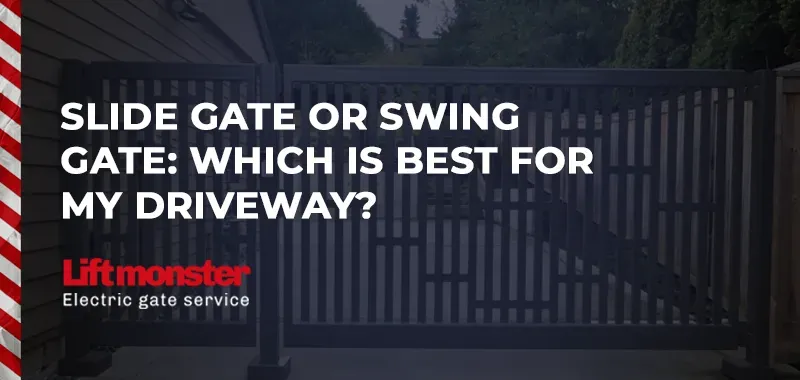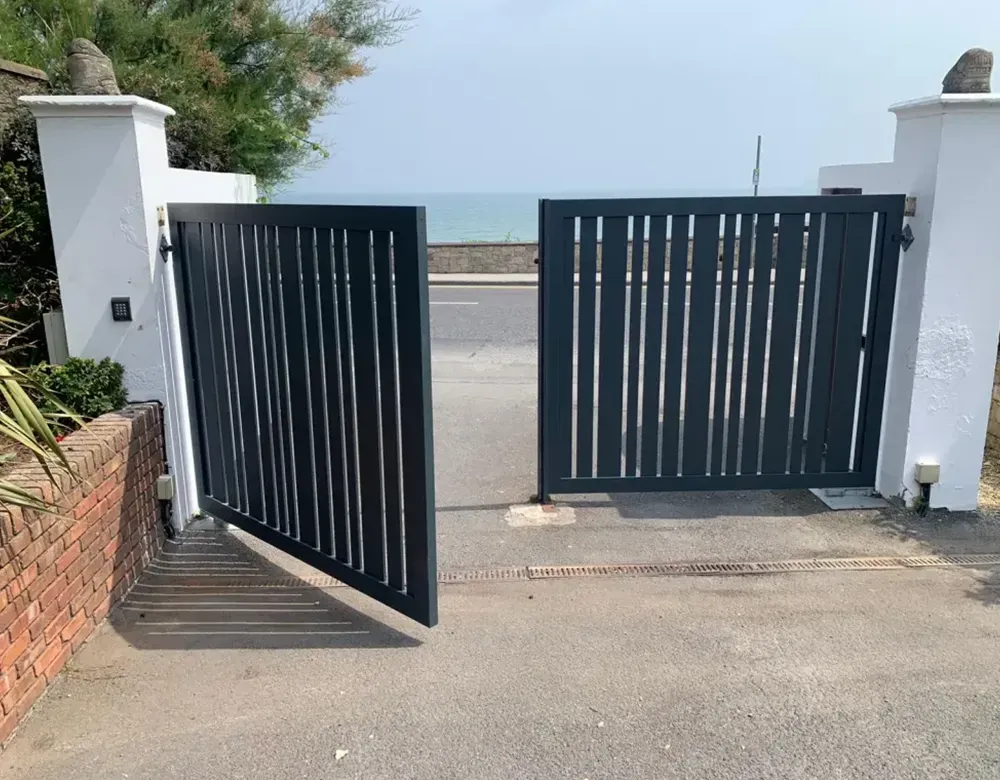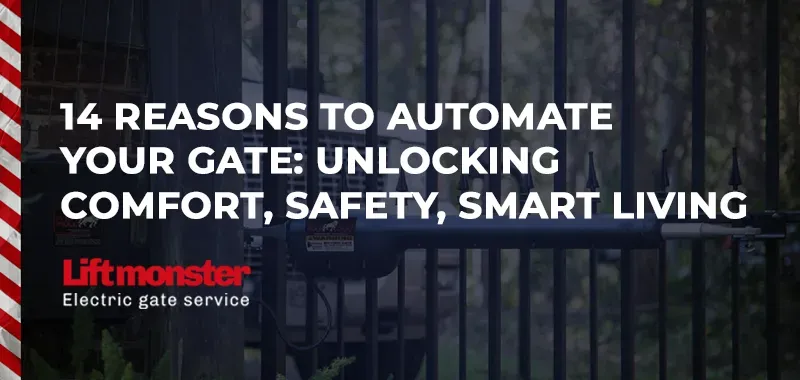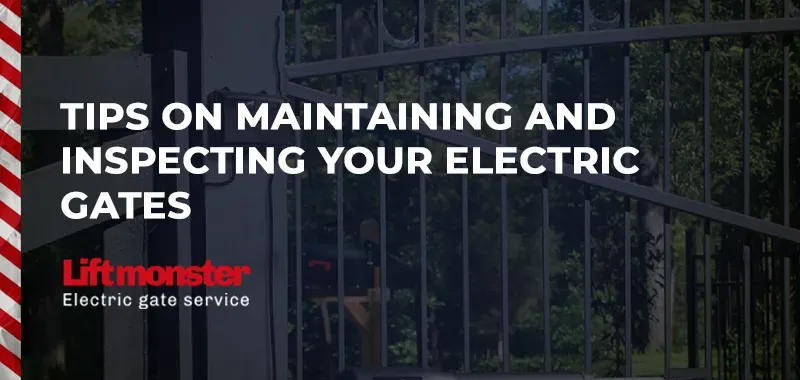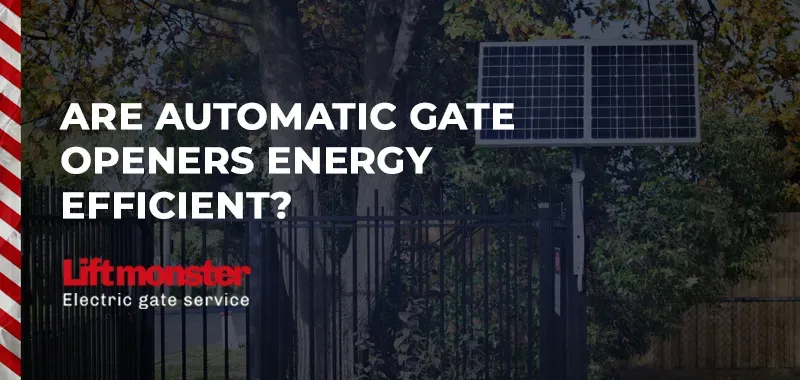The Technology Behind Electric Gate Remote Controls
Imagine pulling up to your driveway on a rainy night, and instead of stepping out into the cold to manually open your gate, you simply press a button, and like magic, it swings open. That’s the beauty of an electric gate remote control—effortless security and convenience at your fingertips. But have you ever wondered what actually happens when you press that button? How does the signal travel? What makes the gate respond? If you’ve ever been curious about the technology behind electric gate remote controls, this guide will walk you through the entire process in an easy-to-understand and engaging way. For professional help, reach out to us!
Why Should You Use Automated Gates?
Understanding the Basics: The Role of Radio Frequency Technology
At the heart of every electric gate remote control is radio frequency (RF) technology. When you press the button on your remote, it sends an RF signal to a receiver attached to your gate’s control system. This signal carries a unique code that acts like a digital key, telling the gate to open or close. The receiver picks up the signal, verifies its authenticity, and then triggers the motor to move the gate.
Most remote-controlled electric gates operate at common frequencies, such as 433 MHz or 868 MHz, ensuring they are both effective and secure. Some advanced models use rolling code technology to prevent unauthorized access, meaning the code changes every time you use the remote.
The Components That Make It All Happen
To understand how electric gate remotes work, let’s break down the key components:
- The Remote Transmitter: This is the handheld device you use to send the signal. It consists of a circuit board, battery, and an RF transmitter. Some remotes have multiple buttons, allowing you to control more than one gate or function.
- The Receiver: Installed on or near your gate, the receiver listens for the remote’s signal. Once it recognizes a valid command, it activates the gate’s motor.
- The Control Board: This is the brain of the system. The control board processes the signal and determines whether to open, close, or stop the gate.
- The Gate Motor: Once the control board gives the green light, the motor kicks in, driving the mechanical movement of the gate.
One-Press Operation: The Step-by-Step Process
To put it simply, here’s what happens when you press your electric gate remote:
- Signal Transmission: You press a button on your remote, which generates an encrypted radio frequency signal.
- Signal Reception: The receiver at the gate picks up the signal and verifies it against stored access codes.
- Command Processing: If the signal is valid, the control board processes the command and activates the motor.
- Gate Movement: The motor engages, causing the gate to open or close as per the instruction.
- Auto-Close Feature (Optional): Some gates automatically close after a set period, requiring another remote press to stop or reopen.
Why Your Remote Control Might Stop Working
Like any electronic device, remote-controlled gate systems can sometimes fail. Here are a few common reasons:
- Battery Issues: If your remote isn’t working, the first thing to check is the battery. Over time, batteries lose their charge and need replacement.
- Signal Interference: Other wireless devices, like Wi-Fi routers or baby monitors, can interfere with RF signals, making your remote less responsive.
- Receiver Malfunction: If the receiver is damaged or has loose wiring, it may not register the signal properly.
- Range Limitations: Most remotes work within a range of 30–50 meters. If you’re too far away, the signal may not reach the receiver.
- Code Mismatch: If your remote’s code gets desynchronized from the receiver, it won’t be recognized, requiring reprogramming.
Enhancing Security with Advanced Remote Technologies
As convenient as electric gate remotes are, security is always a concern. Older remotes with fixed codes are vulnerable to hacking since a thief with an RF scanner can capture and replicate the signal. To counter this, modern remote systems use rolling code technology—a dynamic system where the code changes with every press, making duplication nearly impossible.
Some high-tech systems even integrate Bluetooth and smartphone app controls, allowing homeowners to open and close gates using their mobile devices. This eliminates the risk of lost remotes while adding extra layers of authentication, such as biometric scanning or passcodes.
Expert Tips for Maintaining Your Electric Gate Remote
To ensure your remote-controlled gate system functions smoothly for years, consider these maintenance tips:
- Replace batteries regularly: A weak battery can cause inconsistent operation.
- Keep the remote clean and dry: Moisture and dust can interfere with the circuitry.
- Reprogram the remote if needed: If your remote isn’t working despite having a fresh battery, reprogramming might be necessary.
- Inspect the receiver periodically: Make sure the antenna and wiring are intact to maintain a strong signal.
The Future of Electric Gate Remote Controls
Technology is always evolving, and so are electric gate controls. We’re seeing an increasing shift toward smart home integration, where gates can be controlled via voice assistants like Alexa and Google Assistant. Soon, biometric access and AI-driven automation may make traditional remote controls obsolete, offering even greater security and convenience.
Conclusion: The Power of a Simple Click
Electric gate remote controls may seem like simple devices, but they operate through a well-orchestrated system of radio frequency technology, security measures, and motorized precision. Whether you're using a traditional RF remote or a modern smartphone-integrated system, the convenience and security they offer are undeniable. By understanding how they work, troubleshooting potential issues, and staying updated on advancements, you can ensure that your gate operates flawlessly for years to come. So the next time you press that button, you’ll know exactly what’s happening behind the scenes!
LiftMonster BLOG



